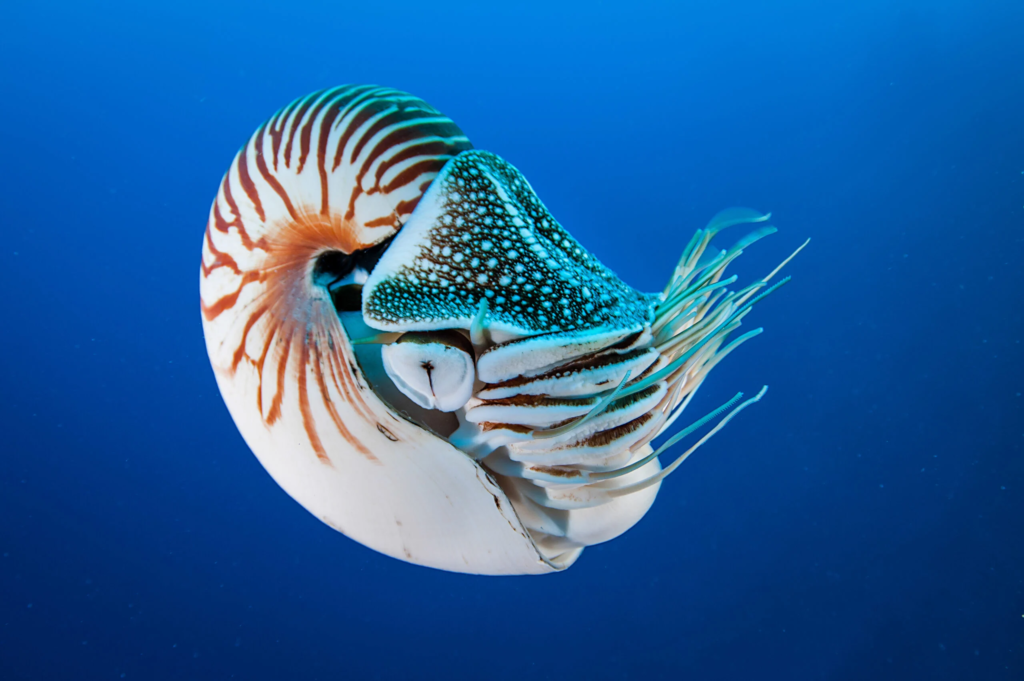The warty comb jelly, Mnemiopsis leidyi, has astonished scientists with its unique ability to reverse its age, a survival mechanism that could hold vital insights into age manipulation and regenerative medicine.
This discovery by marine biologists Joan J. Soto-Angel and Pawel Burkhard at Norway’s University of Bergen has opened up new questions about age reversal and cellular plasticity, sparking excitement within the scientific community.
Not only does M. leidyi possess this fascinating ability, but its unique biology, including its minimalistic anatomy and capacity for regeneration, hints at evolutionary secrets that may someday benefit other fields of biology and medicine.
A Jellyfish That Can Reverse Age: How Mnemiopsis leidyi Survives
Mnemiopsis leidyi, known as the warty comb jelly, is a gelatinous creature known for its ability to withstand extreme environmental conditions through various survival strategies. Unlike other marine organisms, Mnemiopsis leidyi has now been shown to revert to a juvenile state when it encounters traumatic injury or a lack of resources.
This remarkable survival tactic involves reabsorbing its adult lobes—the telltale sign of maturity—and regressing to a larval-like state, physically smaller and simpler, but fully equipped to handle periods of starvation or stress.
The initial discovery occurred unexpectedly when Soto-Angel noticed one of his adult comb jellies in a laboratory tank seemingly transformed overnight into a larval form. In a controlled experiment, 65 adult comb jellies were kept in food-deprived tanks for two weeks, resulting in 13 of these specimens gradually reverting to a larval state.
Read : Alien-Like Creature Washes Ashore at Horseshoe Bay in Australia
For Mnemiopsis leidyi, this biological reset isn’t merely a rare phenomenon; it’s an evolutionary adaptation that offers a novel response to environmental challenges. Scientists speculate that by regressing in age, these comb jellies reduce their metabolic demands and, in turn, their need for food and nutrients, granting them a greater chance of surviving under harsh conditions.
Testing the Limits: Experimenting with Age Reversal
To understand the underlying process more clearly, Soto-Angel and Burkhard further stressed a group of 15 comb jellies from the initial 65 by surgically removing their adult lobes, which are typically necessary for feeding and survival.
Surprisingly, this additional physical stress accelerated the age-reversal process: six of these lobectomy subjects reverted to a juvenile state within 15 days, much faster than the seven non-lobectomy subjects who reverted over approximately six weeks.
Read : Alien-Like Creatures Discovered in the Darkest Depths of the Pacific Ocean
The findings indicate that environmental stress can directly influence the likelihood and speed of the age-reversal process, with higher trauma prompting a more rapid regression.
Such resilience illustrates a remarkable plasticity in the development and “undevelopment” processes of M. leidyi, where physiological changes aren’t linear or irreversible but adaptive and dynamic.
As Soto-Angel explained, watching the jellyfish transition back into a larval form “as if they were going back in time” was mesmerizing, an observation that underscores the unique survival mechanisms evolved by these creatures.
The study sheds light on the potential existence of similar de-aging mechanisms in other marine organisms, inviting future studies to explore molecular processes that regulate this reversible development.
Implications for Human Medicine and the Future of Age-Related Research
The warty comb jelly’s ability to reverse its age has sparked questions about its broader implications, particularly in regenerative medicine. Understanding the genetic and molecular drivers behind M. leidyi’s reverse-aging process could inform research in age-related diseases, tissue regeneration, and even potential methods for slowing down or reversing human aging.

Key areas of interest include identifying the signaling pathways and molecular machinery that initiate and control the age-reversal process, as well as understanding the changes that occur within the comb jelly’s nerve net during regression.
By studying these processes, scientists hope to uncover how to apply similar mechanisms to other species and, potentially, human cells. As Burkhard noted, determining the exact molecular mechanisms driving reverse development in M. leidyi could be groundbreaking.
There is potential that the findings could someday translate into therapies that promote cellular rejuvenation, repair damaged tissues, or mitigate the effects of aging-related degeneration in humans.
Additionally, the findings from this study bring to light the importance of marine organisms in advancing biomedical research. Sea creatures like M. leidyi and the “immortal jellyfish” Turritopsis dohrnii remind us that nature holds myriad solutions to complex biological problems.
These organisms have developed age-reversal techniques as part of their evolutionary history, suggesting that other creatures may also possess yet-undiscovered methods of biological reset. By continuing to investigate these unique animals, scientists may eventually unlock new pathways toward advancing human health and longevity.
let’s enjoy few years on earth with peace and happiness….✍🏼🙏


На данном сайте у вас есть возможность приобрести онлайн мобильные номера различных операторов. Они могут использоваться для подтверждения профилей в различных сервисах и приложениях.
В каталоге доступны как долговременные, так и одноразовые номера, которые можно использовать чтобы принять сообщений. Это простое решение для тех, кто не желает указывать личный номер в сети.
купить российский номер
Оформление заказа максимально простой: выбираете необходимый номер, вносите оплату, и он становится доступен. Оцените услугу уже сегодня!